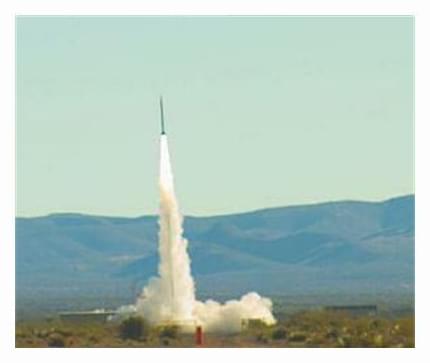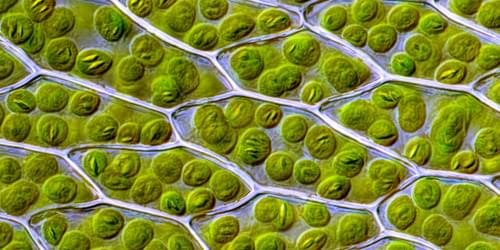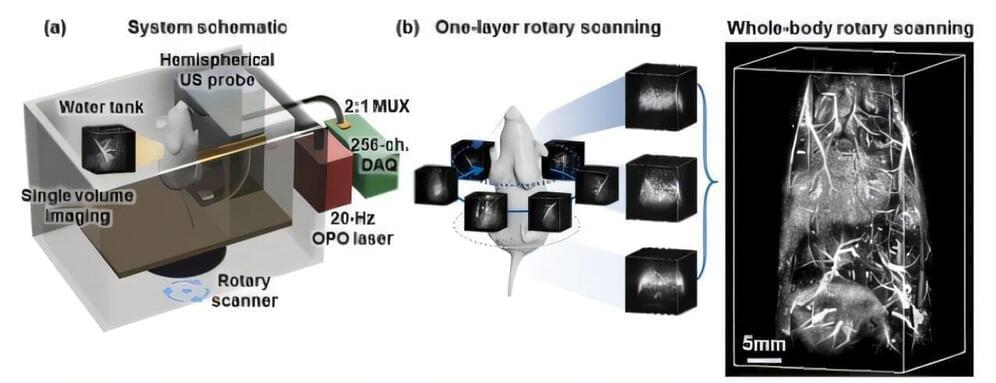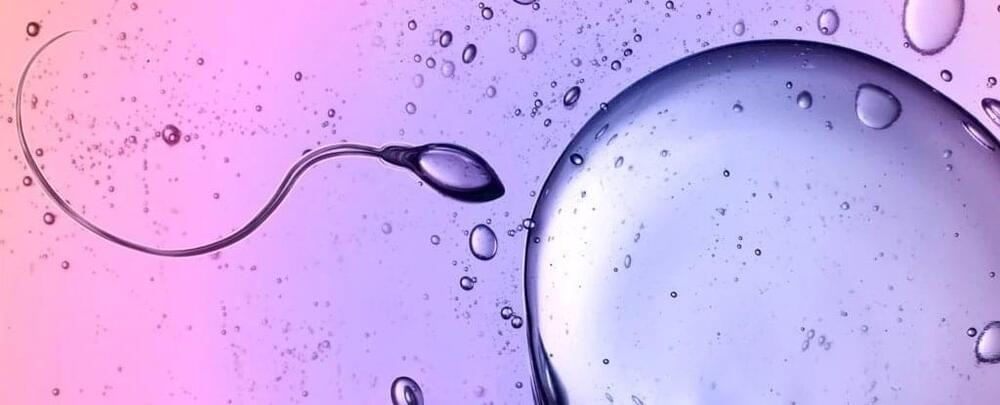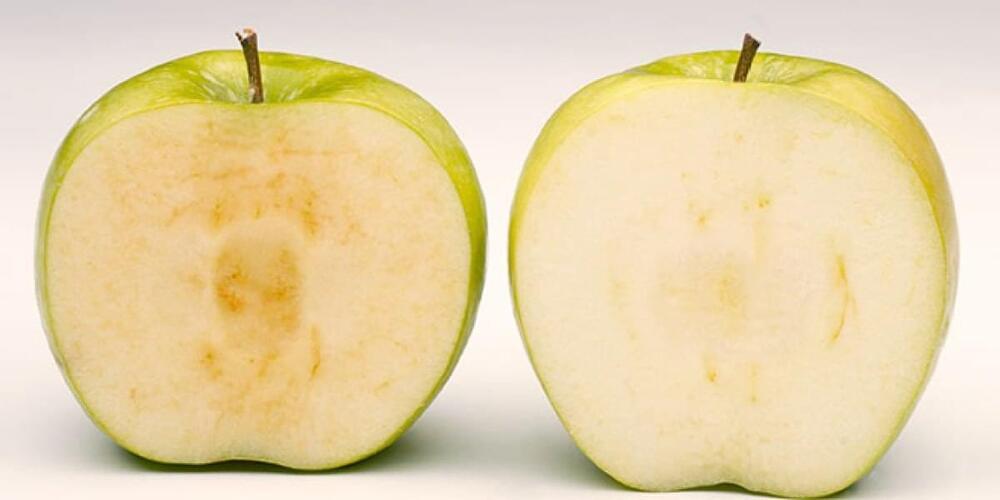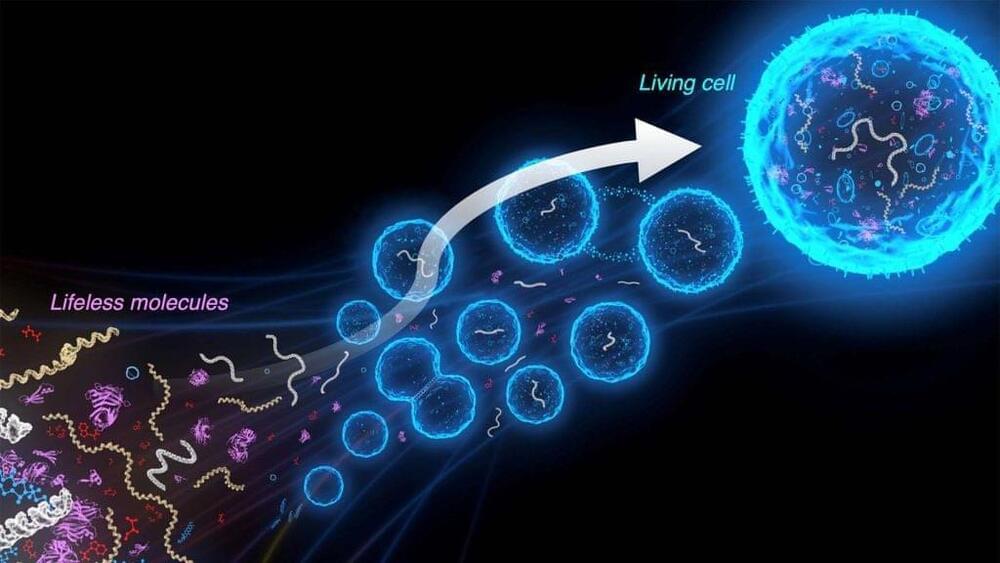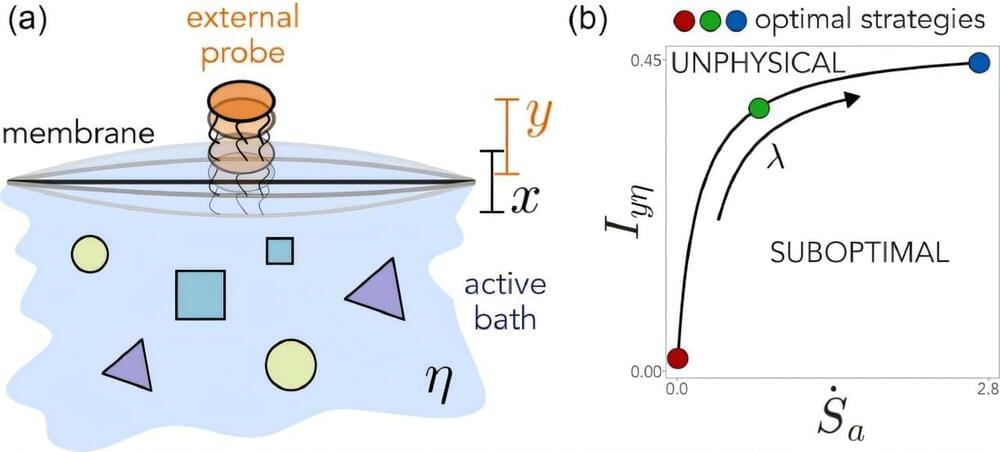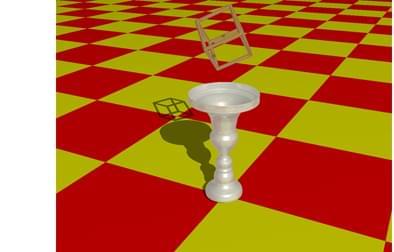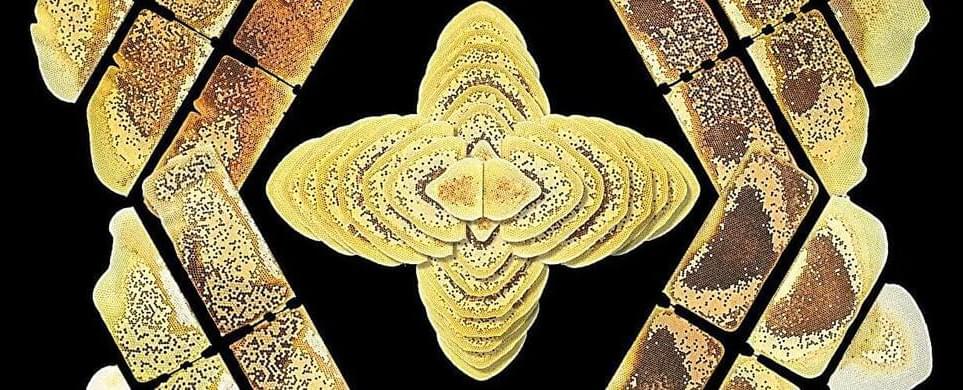Archive for the ‘biological’ category: Page 11
Nov 12, 2024
UP Aerospace and Los Alamos lab achieve successful suborbital launch at Spaceport America
Posted by Genevieve Klien in categories: biological, innovation
In Nijmegen, Netherlands, researchers have installed the world’s first microscope capable of live imaging of biological processes in such detail that moving protein complexes are visible. This new microscopic technique was developed by researchers led by Nico Sommerdijk from Radboud university medical center. As a demonstration of this innovative technique, Sommerdijk is now showcasing how arterial calcification begins.
Nov 11, 2024
Information Flow in Molecular Machines
Posted by Saúl Morales Rodriguéz in categories: biological, chemistry, engineering, nanotechnology
A theoretical model shows that exchange of information plays a key role in the molecular machines found in biological cells.
Molecular machines perform mechanical functions in cells such as locomotion and chemical assembly, but these “tiny engines” don’t operate under the same thermodynamic design principles as more traditional engines. A new theoretical model relates molecular-scale heat engines to information engines, which are systems that use information to generate work, like the famous “Maxwell’s demon” [1]. The results suggest that a flow of information lies at the heart of molecular machines and of larger heat engines such as thermoelectric devices.
The prototypical engine is a steam engine, in which work is produced by a fluid exposed to a cycle of hot and cold temperatures. But there are other engine designs, such as the bipartite engine, which has two separate parts held at different temperatures. This design is similar to that of some molecular machines, such as the kinesin motor, which carries “molecular cargo” across biological cells. “Bipartite heat engines are common in biology and engineering, but they really haven’t been studied through a thermodynamics lens,” says Matthew Leighton from Simon Fraser University (SFU) in Canada. He and his colleagues have now analyzed bipartite heat engines in a way that reveals a connection to information engines.
Nov 11, 2024
A new paradigm in high-speed photoacoustic small animal whole-body imaging
Posted by Saúl Morales Rodriguéz in category: biological
A research team has developed an advanced continuous rotational scanning photoacoustic computed tomography (PACT) system for rapid imaging of living organisms. The research is published in the journal Laser & Photonics Reviews.
Nov 11, 2024
Scientists Caught Sperm Defying One of The Laws of Physics
Posted by Shubham Ghosh Roy in categories: biological, mathematics, physics, sex
With their slender tails, human sperm propel themselves through viscous fluids, seemingly in defiance of Newton’s third law of motion, according to a recent study that characterizes the motion of these sex cells and single-celled algae.
Kenta Ishimoto, a mathematical scientist at Kyoto University, and colleagues investigated these non-reciprocal interactions in sperm and other microscopic biological swimmers, to figure out how they slither through substances that should, in theory, resist their movement.
When Newton conceived his now-famed laws of motion in 1686, he sought to explain the relationship between a physical object and the forces acting upon it with a few neat principles that, it turns out, don’t necessarily apply to microscopic cells wriggling through sticky fluids.
Nov 9, 2024
GM Apples That Don’t Brown to Reach U.S. Shelves This Fall
Posted by Quinn Sena in categories: biological, genetics
Year 2017 face_with_colon_three
Can genetic modification appeal to consumers? A new apple will test the market.
Nov 9, 2024
Can Life Be Engineered? Biochemists Take Key Steps Toward Synthetic Lifeforms
Posted by Genevieve Klien in categories: bioengineering, biological
Scientists are designing simplified biological systems, aiming to construct synthetic cells and better understand life’s mechanisms.
One of the most fundamental questions in science is how lifeless molecules can come together to form a living cell. Bert Poolman, Professor of Biochemistry at the University of Groningen, has been working to solve this problem for two decades. He aims to understand life by trying to reconstruct it; he is building simplified artificial versions of biological systems that can be used as components for a synthetic cell.
His work was detailed in two new papers published in Nature Nanotechnology and Nature Communications. In the first paper, he describes a system for energy conversion and cross-feeding of products of this reaction between synthetic cells, while he describes a system for concentrating and converting nutrients in cells in the second paper.
Nov 9, 2024
Theoretical framework could improve data gathering in biological systems
Posted by Saúl Morales Rodriguéz in category: biological
To effectively adapt to change, living organisms rely on their ability to rapidly detect and process sensory information in their surroundings. The sensory information available at a given time continuously changes, which means that it can typically only be observed partially and for a limited amount of time.
Nov 9, 2024
Quantum-tunneling deep neural network for optical illusion recognition
Posted by Saúl Morales Rodriguéz in categories: biological, particle physics, quantum physics, robotics/AI
The discovery of the quantum tunneling (QT) effect—the transmission of particles through a high potential barrier—was one of the most impressive achievements of quantum mechanics made in the 1920s. Responding to the contemporary challenges, I introduce a deep neural network (DNN) architecture that processes information using the effect of QT. I demonstrate the ability of QT-DNN to recognize optical illusions like a human. Tasking QT-DNN to simulate human perception of the Necker cube and Rubin’s vase, I provide arguments in favor of the superiority of QT-based activation functions over the activation functions optimized for modern applications in machine vision, also showing that, at the fundamental level, QT-DNN is closely related to biology-inspired DNNs and models based on the principles of quantum information processing.
Nov 9, 2024
Symmetry in biology: A look into how bees actively organize nests in mirroring patterns
Posted by Saúl Morales Rodriguéz in category: biological
Mirroring the mechanisms that make human faces and bodies—and those of many multicellular organisms—symmetrical, bee colonies build symmetrical nests when they are placed on either side of a double-sided comb. The finding, published in Current Biology, extends examples of symmetry in biology to the behavior of communities and the architectural structures that they build.

